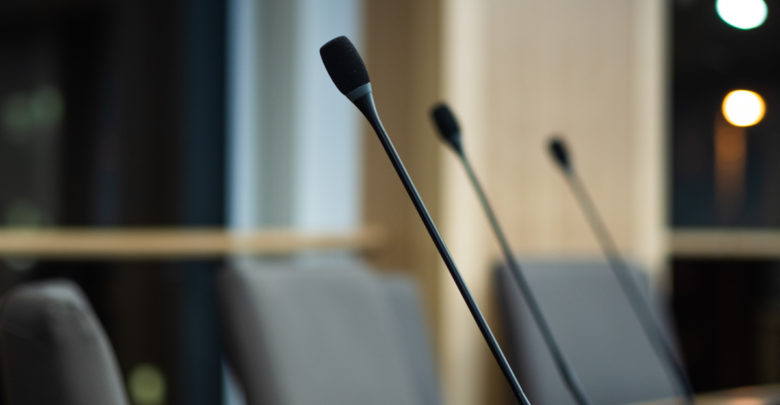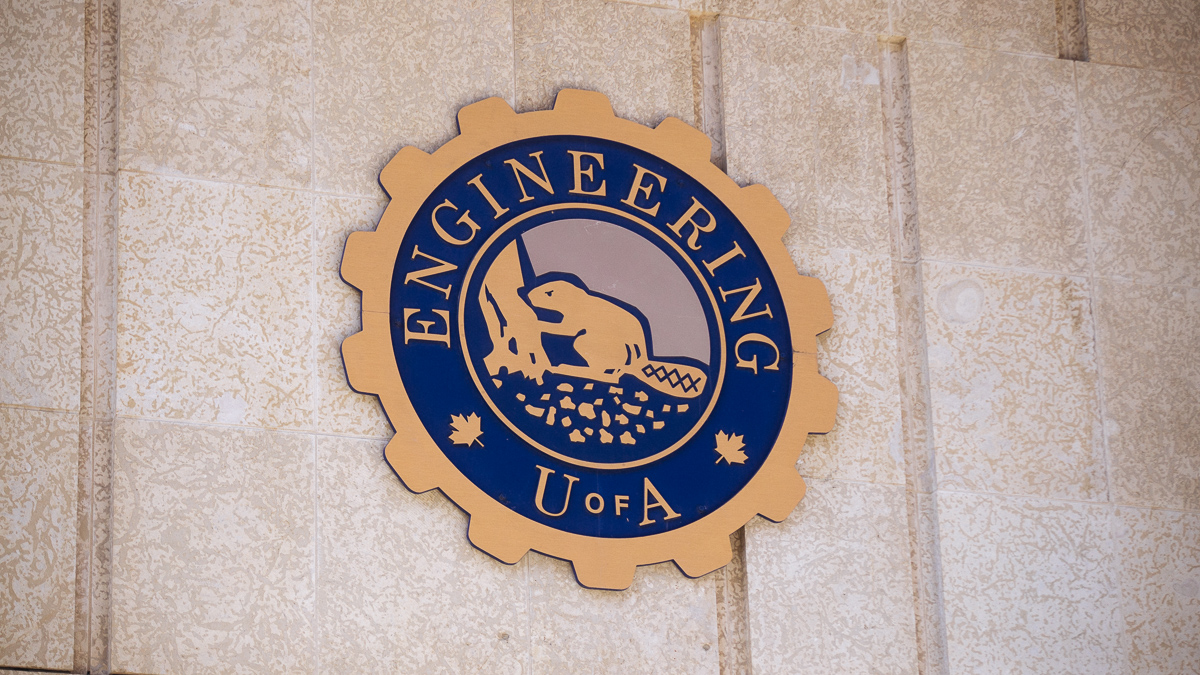BoG discusses proposed tuition hikes, foundation program for international students
The foundation program will serve as a transition-year for international students who “do not yet meet the competitive entry criteria for direct admission to their desired program,” LRSEC says.
 Helen Zhang
Helen ZhangAt the University of Alberta’s Board of Governors (BoG) meeting on December 8, BoG provided a tuition briefing and discussed the development of a foundation program for international students.
On behalf of the finance and property committee (FPC), Provost and Vice-president (academic) Verna Yiu provided an update on the tuition increase proposal, which will be coming before the board in March 2024.
The proposal includes a two per cent tuition increase for domestic students in 2024-25, and a five per cent increase for cohort-based international students in 2025-26. As an exception, tuition for international students’ undergraduate science programs is proposed to increase by 6.5 per cent.
As well, the former registration-based tuition model for international students admitted prior to fall 2020 (cohort 99) comes to an end this year. Cohort 99 students who have not yet graduated will move to the program-based model in fall 2024. The university is in the process of assessing the status of the remaining students in this model.
FPC in consultation process with students regarding proposed tuition increases
In February, the Government of Alberta announced that post-secondary institutions can’t raise domestic tuition more than two per cent annually, effective 2024-25. Yiu said the proposed two per cent tuition hike for fall 2024 aligns with this cap. In addition, she said the international student tuition increases mirror Alberta’s Consumer Price Index (CPI). CPI tracks the price change of consumer goods annually and acts as a measure of inflation. Currently, Alberta’s CPI is 4.97 per cent, Yiu said.
“The two per cent increase does leave us with a gap in revenue necessary to cover costs,” Yiu said. “The gap is about $6.7 million. The two per cent cap also results in $1.1 million less revenue for the university to direct to student financial support under our current offset model,” Yiu said.
FPC has consulted with experts about the international markets and potential impacts of tuition growth and enrolment goals. As well, they’re currently in the consultation process with students about the tuition proposal.
Yiu mentioned there have been “numerous meetings” with student groups. FPC has met with the U of A Students’ Union (UASU) Students’ Council, the Graduate Students’ Association (GSA), and the International Students’ Association (ISA). On December 8, FPC attended a town hall to listen to students’ input on the tuition proposal. There will also be another town hall in January, Yiu said.
New foundation program to boost international student enrolment
Next, the learning, research, and student experience committee (LRSEC) discussed developing a foundation program for international students. Melissa Padfield, deputy provost (students and enrolment), Yiu, and BoG member Paul Whittaker spoke on behalf of the committee.
Earlier this year, the U of A unveiled SHAPE, a 10-year strategic plan which set the goal of expanding the student population to 60,000. The university expects that international students will make up approximately 6,000 of the 16,000 new enrolments.
According to Whittaker, in September, BoG reviewed the establishment of a foundation program as a strategy to boost international student recruitment.
A foundation program is a transition-year program for students who “do not yet meet the competitive entry criteria for direct admission to their desired program, because of a specific deficiency,” LRSEC’s report stated. After completing the transition-year, students who meet competitive admissions criteria may gain entry to their desired program in their second-year.
Initially, the U of A will only offer the foundation program to international students. Padfield said that these students will register as U of A students under an open studies program. As well, they will complete the program on North Campus. Tuitions rates for a foundation year are “equivalent to the tuition rates for students in a degree program,” she added.
Rebecca Nagel, associate dean in the faculty of arts, has been appointed as the academic lead for the program’s implementation phase. The university will also work with experienced third-party agents to recruit international students, LRSEC reported.
At present, administration is developing an implementation roadmap for the program with an anticipated launch in 2024.
“This is not a program for students who are otherwise [un]qualified to enter the U of A, to somehow come in through a back door,” Flanagan says
President and Vice-chancellor Bill Flanagan addressed concerns around international students’ qualifications to enter the university.
According to Flanagan, the U of A would fully manage, own, and operate the program to ensure equality.
”The extent to which we would engage with a third-party is really to assist in recruiting students,” he said.
As well, he clarified that international students eligible for the foundation program usually don’t meet the U of A’s admission requirements “because they’re missing a course that isn’t available in their home country.”
”This is not a program for students who are otherwise [un]qualified to enter the U of A, to somehow come in through a back door,” Flanagan said.
Additionally, Flanagan addressed controversy around students seeking post-secondary programs as a “route to a work permit in Canada.”
”That is not what we’re doing here,” he said. “If you’re interested in a low-cost entry to a work permit in Canada, the U of A is the last program you’re going to consider.”
International student enrolment will not impede domestic enrolment, BoG members say
Finally, Flanagan said the U of A is committed to growing domestic student enrolment alongside international student enrolment.
According to LRSEC’s report, part of the foundation program’s revenue would go toward establishing a domestic program stream. This will be implemented by the initiative’s third-year, with a focus on rural and Indigenous students. Currently, another transition program exists for Indigenous students.
BoG members also raised concerns about international students who don’t meet admissions criteria following the foundation program. Padfield said the U of A would “try and transition students into other programming” at other institutions, such as MacEwan University.
”This program is about drawing really talented international students to the U of A. [It’s] giving them the resources and support they need to thrive in our program. And help[ing] us meet our targets around international enrolment,” Flanagan said.




